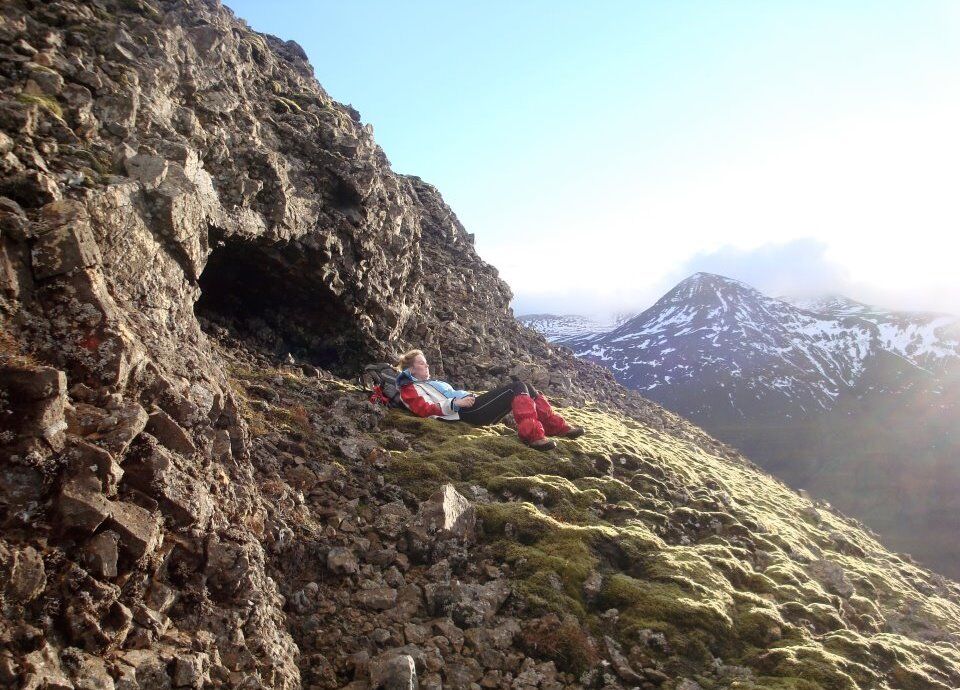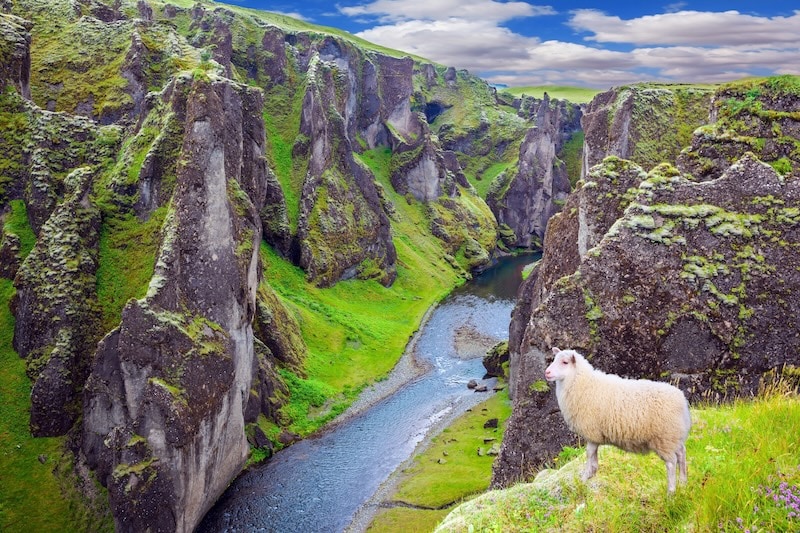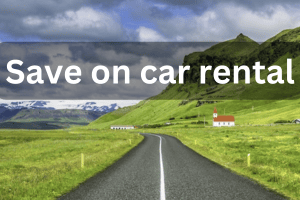Free and exclusive discount codes for hundreds of tours and & travel services in Iceland
Subscribe to instantly receive discount codes for tours, car rental, camper van rental, and outdoor clothing rental. Thank you! ❤️ Jon Heidar, Editor of Stuck in Iceland Travel MagazineSo, you’re heading to Iceland in July or August? Smart move! You’ve picked the absolute best time of year for a first visit. The weather is (usually) mild, the roads are open, the midnight sun is still hanging around, and there’s so much to do that you’ll wish you had a few more days.
Why July and August are the best months to visit Iceland
- Long daylight hours (18+ hours of light!)—perfect for sightseeing into the evening
- All major roads are open, including the stunning Highlands and remote peninsulas
- Milder weather (average temps around 10–15°C / 50–59°F—yes, that’s mild for Iceland)
- Summer festivals, puffins, whale watching, and hiking trails galore
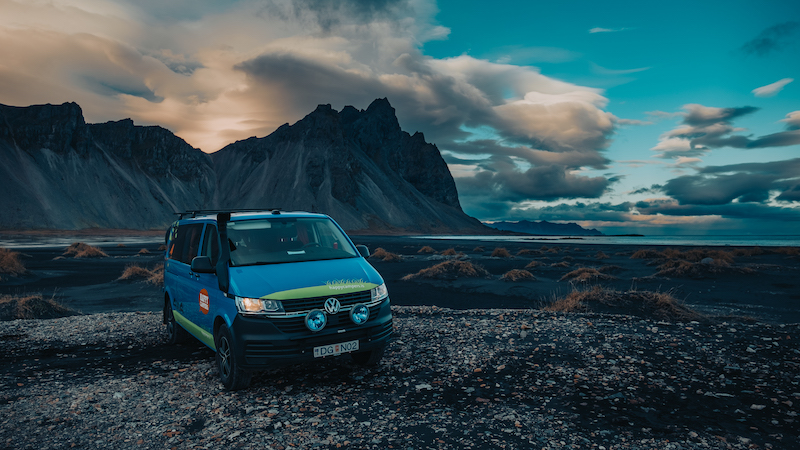
Tip #1: Lock in your car rental and accommodation
Seriously. Don’t leave this until the last minute. July and August are the most popular months for travelers, and rental cars and budget-friendly accommodations tend to be booked early.
Consider camping if you’re up for it! Iceland’s campgrounds are everywhere, affordable, and the views? Unreal.

Tip #2: Plan your itinerary, but keep it flexible
Only 5–7 days? Focus on a region—like the South Coast, Snæfellsnes Peninsula, the Golden Circle, or the Westfjords. You’ll enjoy it more.
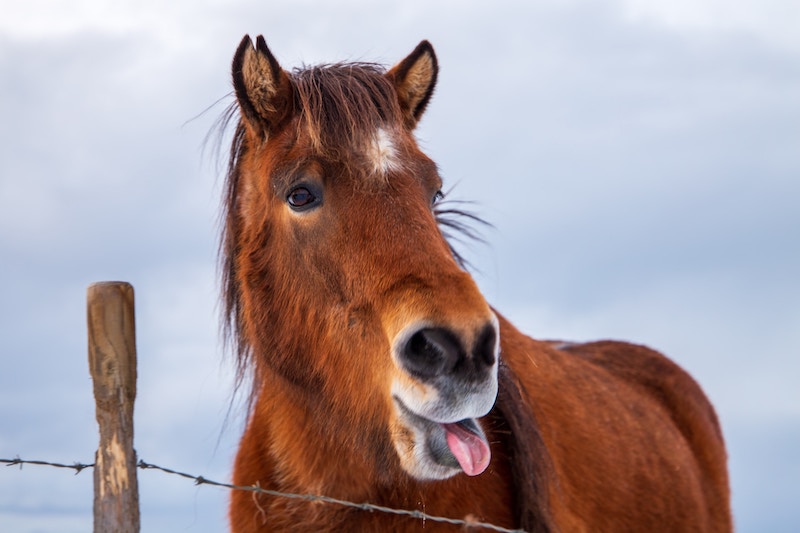
Tip #3: Don’t overstuff your days
Pick 2–3 highlights per day, at most, and leave room to linger.
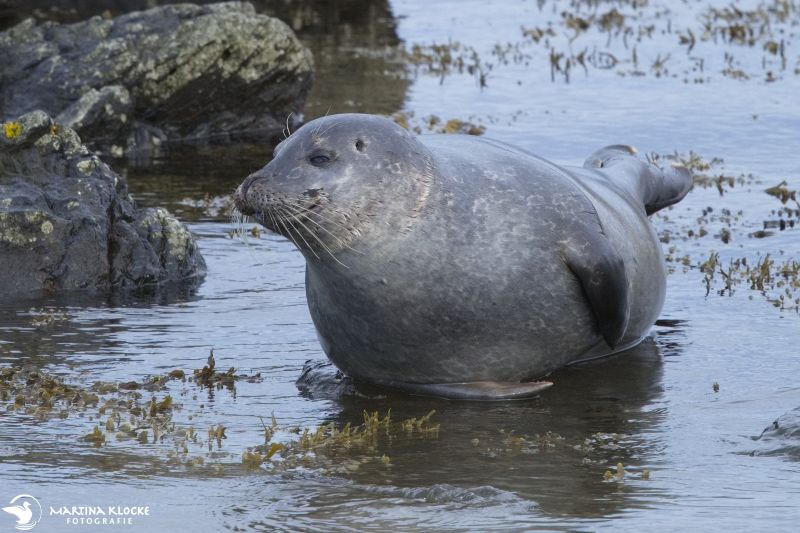
Tip #4: Pack smart for all four seasons (because you’ll get them)
Layers are your best friend: think of a merino wool base layer, a fleece, and a waterproof shell.
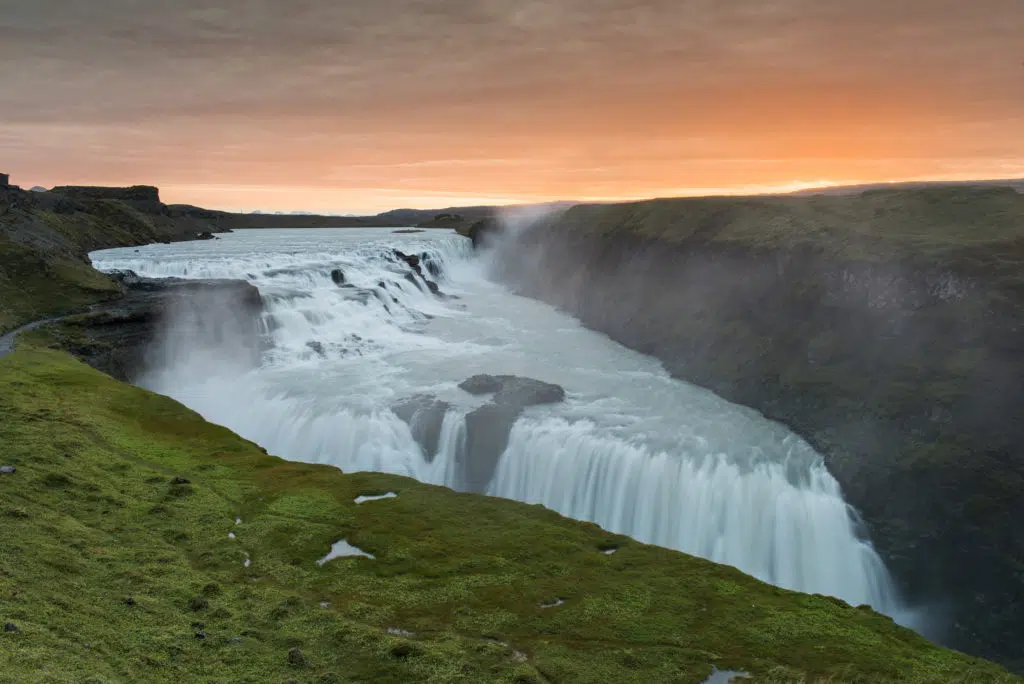
Tip #5: Plan for busy places
Places like the Blue Lagoon, Gullfoss, and Skógafoss are beautiful, but in July and August, they can be packed.
If you want to visit these iconic sites (and you should!), here’s how to do it right:
- Go early or late in the day to avoid tour bus crowds.
- Consider alternatives to the Blue Lagoon. These include the Secret Lagoon, GEOSEA, Vök Baths, Krauma, and Hvammsvík Hot Springs.
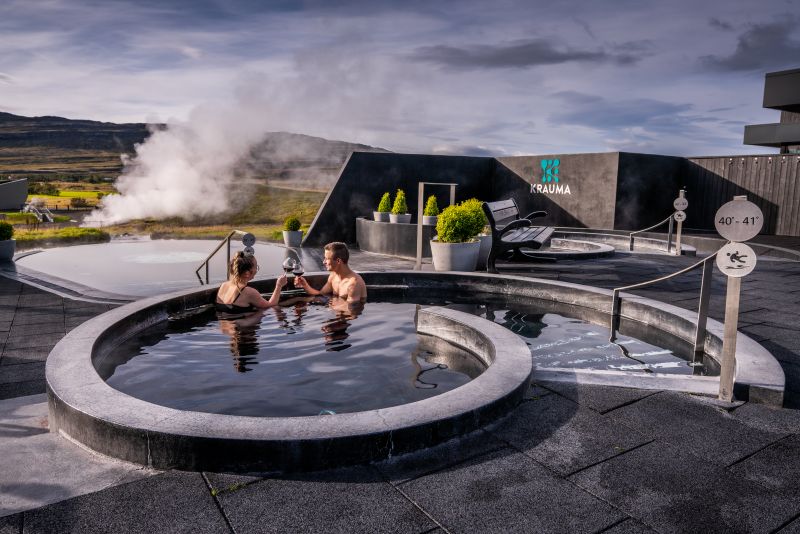
Tip #6: Eat like a local (and save some cash)
- Grocery stores like Prís, Bónus, and Krónan are your best friends for road trip snacks and simple meals.
- Try local specialties like skyr, lamb soup, or fresh seafood in harbor towns—treat yourself occasionally!
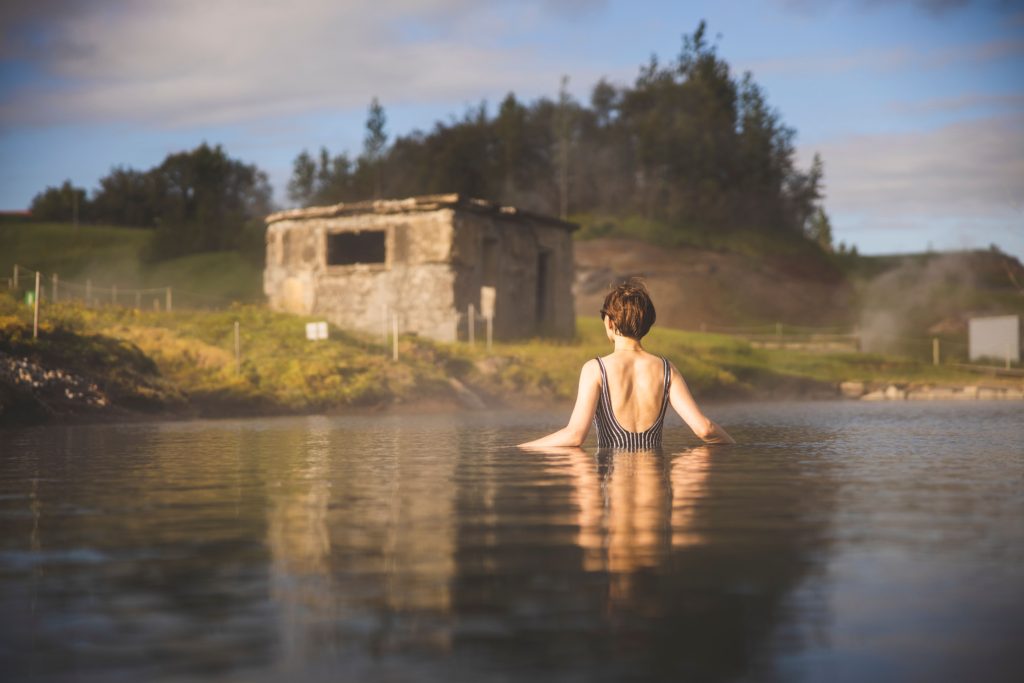
Tip #7: Stay safe, stay curious
- Always check the weather at vedur.is and road conditions at road.is before driving or hiking.
- Download the SafeTravel app—it’ll keep you updated on alerts and let you leave a travel plan if heading off-grid.
- Never ignore signs or closed paths, especially near cliffs, glaciers, or beaches. It’s not just about rules—it’s about staying alive.
